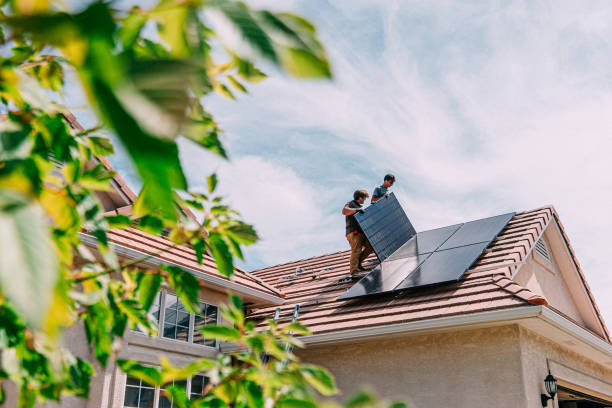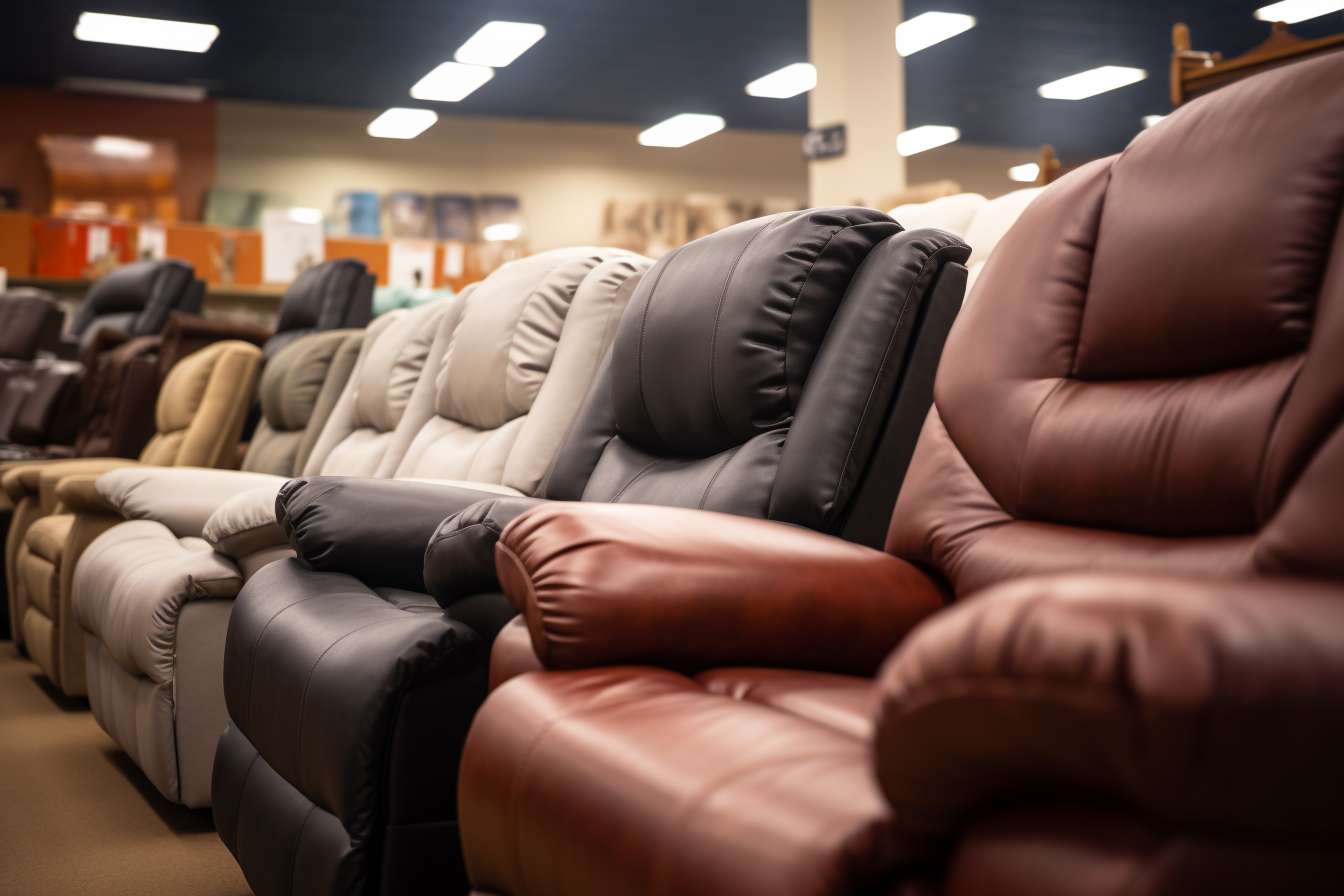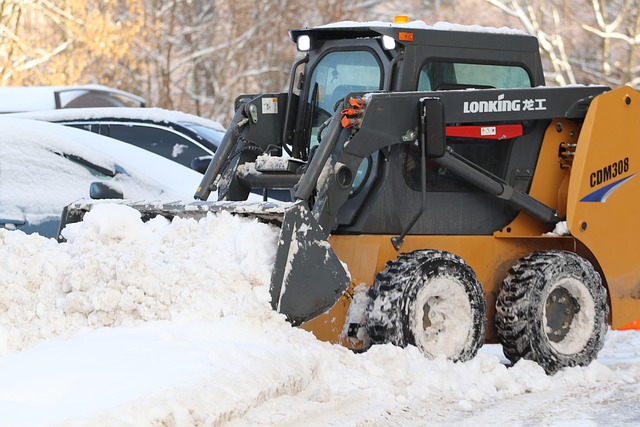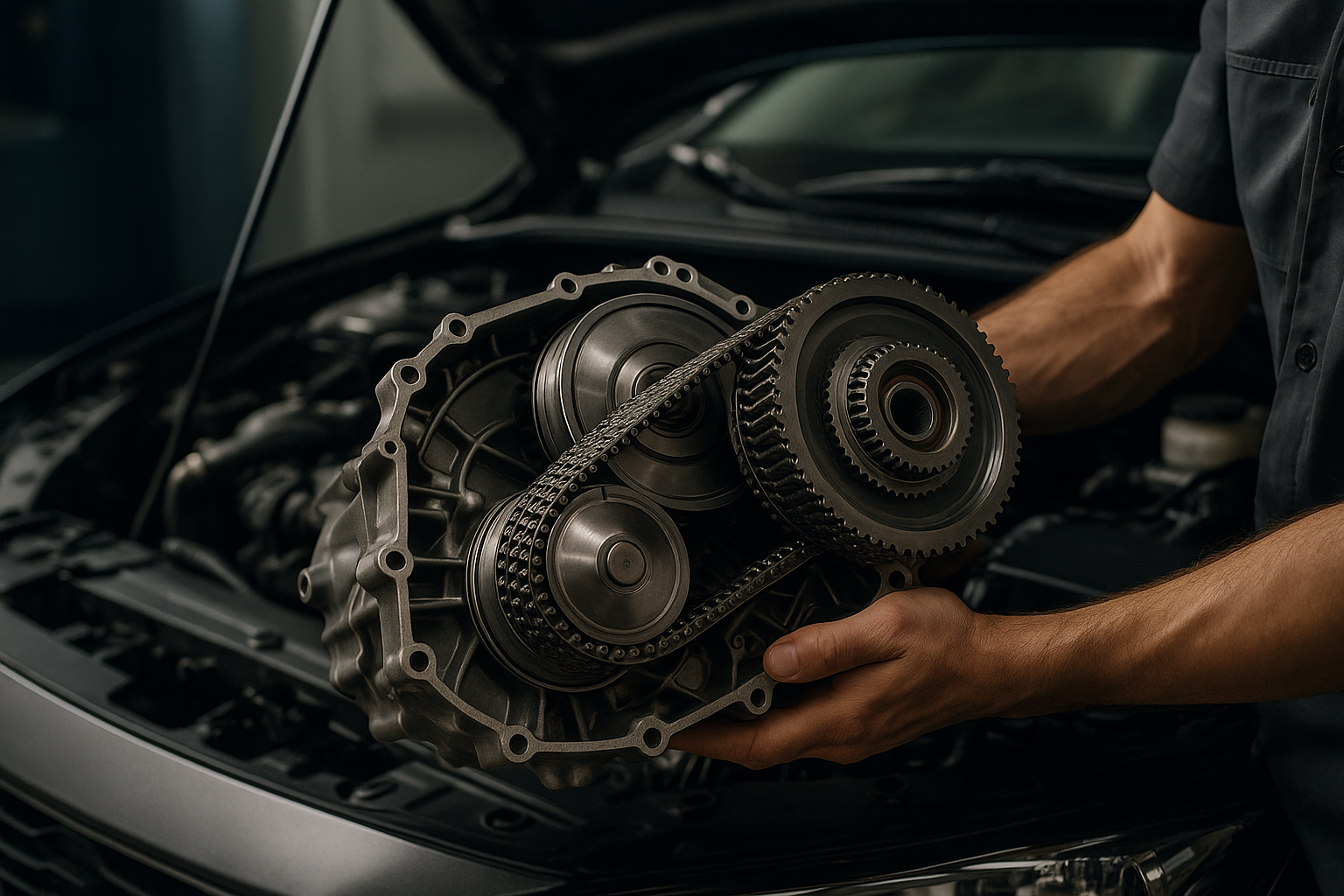Metal Roofing: A Complete Guide to Modern Roofing Solutions
Metal roofing has emerged as a popular choice for both residential and commercial properties, offering a compelling blend of durability, energy efficiency, and aesthetic appeal. As homeowners increasingly seek sustainable and long-lasting roofing solutions, metal roofs have become a prominent alternative to traditional materials. This comprehensive guide explores the key aspects of metal roofing, from material choices to installation considerations.

Advantages of Metal Roofing Over Traditional Materials
Metal roofs offer several significant benefits compared to conventional roofing materials. Their exceptional longevity, often lasting 40-70 years, far exceeds the 20-30 year lifespan of traditional asphalt shingles. Metal roofs are highly resistant to severe weather conditions, including high winds, heavy rain, and snow. They also provide superior fire resistance and can help reduce energy costs by reflecting solar radiation, potentially lowering cooling expenses by 10-25%.
Types and Materials of Metal Roofs
Metal roofing comes in various materials, each with distinct characteristics and applications:
-
Steel: The most common choice, available in galvanized or galvalume finishes
-
Aluminum: Ideal for coastal areas due to excellent corrosion resistance
-
Copper: Premium option known for its distinctive appearance and longevity
-
Zinc: Highly durable with self-healing properties for scratches
These materials are available in different styles, including standing seam, metal shingles, and corrugated panels, allowing homeowners to match their architectural preferences.
Long-term Durability and Maintenance Requirements
Metal roofs require minimal maintenance compared to traditional roofing materials. Regular inspections twice a year and basic cleaning are typically sufficient to maintain their condition. The exceptional durability of metal roofing translates to fewer repairs and replacements over time, making it a cost-effective choice despite higher initial investment.
Installation Precautions and Considerations
Professional installation is crucial for metal roofing performance. Key considerations include:
-
Proper ventilation system design
-
Appropriate underlayment selection
-
Correct fastener placement and sealing
-
Expansion and contraction allowances
-
Compatible materials for flashings and trim
Cost Analysis and ROI
| Material Type | Average Cost per Square (100 sq ft) | Lifespan (Years) |
|---|---|---|
| Steel | $150-350 | 40-70 |
| Aluminum | $200-600 | 50+ |
| Copper | $800-1,500 | 70+ |
| Zinc | $600-1,000 | 60+ |
Prices, rates, or cost estimates mentioned in this article are based on the latest available information but may change over time. Independent research is advised before making financial decisions.
While metal roofing typically costs more upfront than traditional materials, the long-term value proposition is compelling when considering durability, maintenance savings, and potential energy cost reductions. Most homeowners can expect to recoup their investment through extended lifespan and reduced maintenance costs.
Environmental Impact and Sustainability
Metal roofs are environmentally friendly, typically containing 25-95% recycled content and being 100% recyclable at the end of their life. Their energy-efficient properties contribute to reduced carbon footprints, while their durability means fewer replacements and less waste in landfills. These sustainable characteristics make metal roofing an increasingly attractive choice for environmentally conscious homeowners.
The combination of durability, low maintenance requirements, and environmental benefits makes metal roofing a practical and forward-thinking choice for modern construction and renovation projects. While the initial investment may be higher than traditional roofing materials, the long-term advantages often justify the cost for many property owners.




